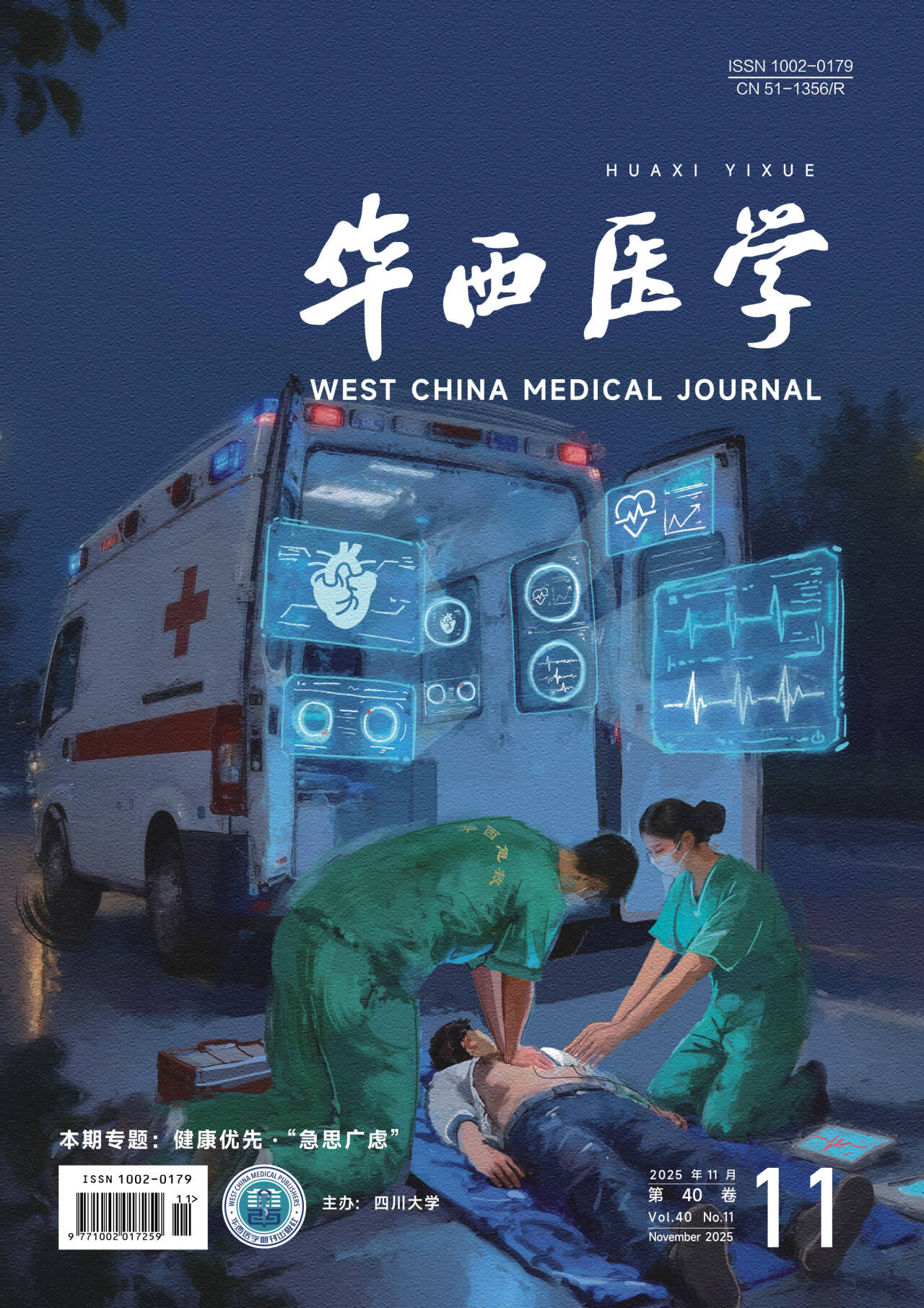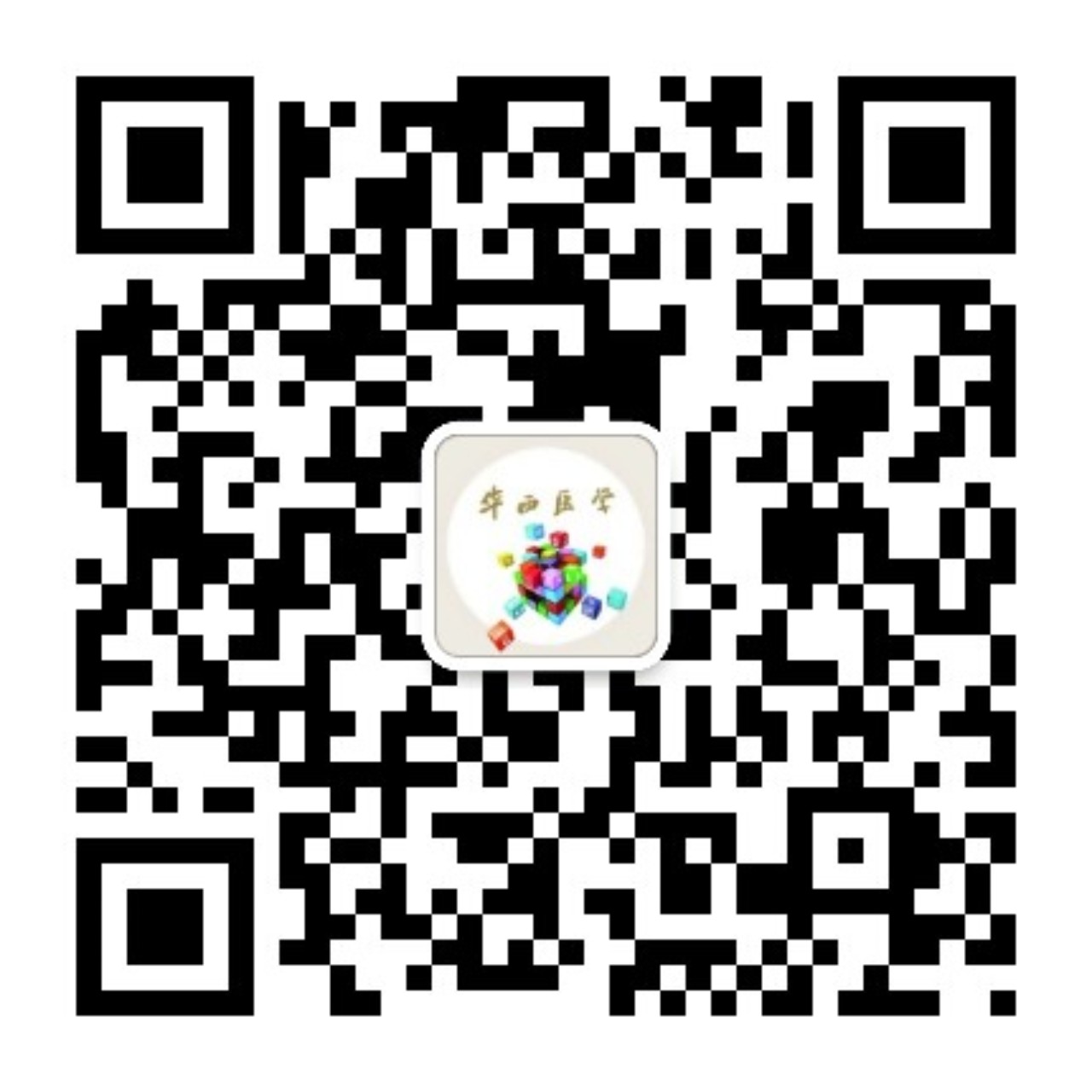【摘要】 目的 調查胃癌患者的營養風險及營養支持應用現狀。 方法 2009年9月-2010年1月,對某三甲醫院普外科收治的120例胃癌住院患者營養情況進行營養風險篩查2002(nutritional risk screening 2002,NRS 2002)評估,并就營養支持應用方式進行分析。 結果 所有患者中營養不足和營養風險的發生率分別為11.7%和27.5%;在33例有營養風險患者中,有26例(78.8%)接受了營養支持;在無營養風險的87例患者中,有30例(34.5%)接受了營養支持。 結論 對有營養風險的患者進行必要的營養支持,對于減少患者住院期間感染性并發癥或其他不良臨床結局的發生有積極作用。NRS 2002的方法簡便,適用于胃癌患者的營養風險篩查,但醫護人員需要進一步加強對腸外、腸內營養指南的認識。
【Abstract】 Objective To investigate the clinical situation of nutritional risk screening for hospitalized patients with gastric cancer. Methods From September 2009 to January 2010, we applied nutrition risk screening 2002 (NRS 2002) to investigate the nutritional status of 120 hospitalized gastric cancer patients in the surgery department of a tertiary hospital, and analyzed the way of nutritional support for these patients. Results Among all the patients, the incidences of undernutrtion and nutritional risk were respectively 11.7% and 27.5%. Twenty-six out of the 33 nutritional risk patients received nutrition support, and 30 out of the 87 patients without nutritional risk received nutrition support. Conclusions Nutritional support for patients with nutritional risk is important in decreasing the occurrence of in-hospital infectious complications and other bad clinical outcomes. NRS 2002 is a simple and easy tool for predicting the nutrition risk in hospitalized gastric cancer patients, but the guideline of enteral nutrition and parenteral nutrition must be reinforced among doctors and nurses.
Citation: YIN Yiqiong,LIU Chunjuan,LIU Lirong,ZHONG Jing,WEN Yue. Investigation and Analysis on the Clinical Situation of Nutritional Risk Screening in Patients with Gastric Cancer. West China Medical Journal, 2011, 26(10): 1536-1538. doi: Copy
Copyright ? the editorial department of West China Medical Journal of West China Medical Publisher. All rights reserved




